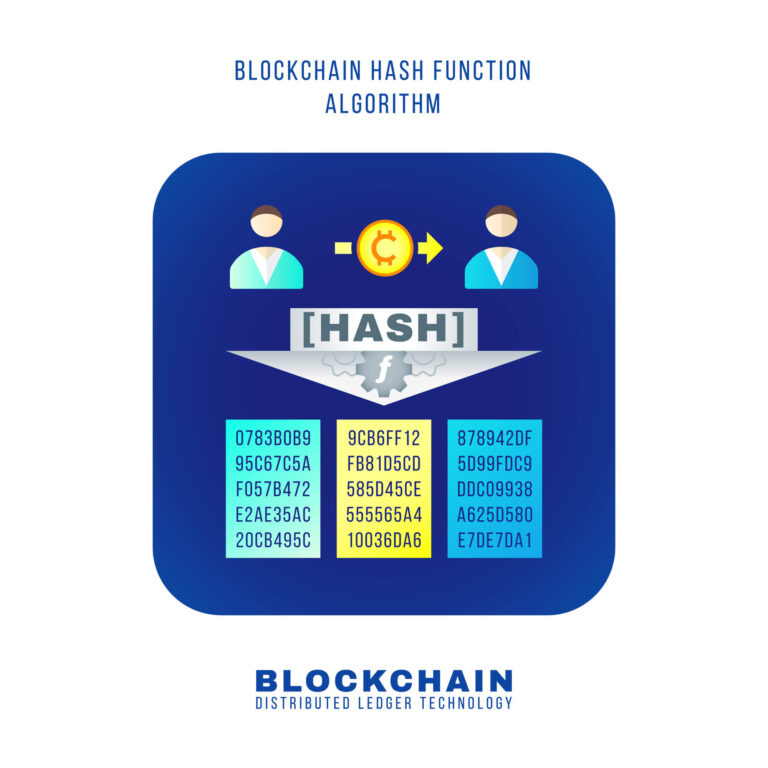The term "hash" or "to hash" has different meanings depending on the context. In general, it refers to the process of applying a hash function to data to generate a new identifier called a hash value or hash code. This process is widely used in computer science and cryptography to create digital signatures and to index data.
Literally translated, "hash" means to chop or slice something into small pieces. This is what the hash function does, transforming a data set into a new string of letters and numbers representing the original data set. The original data set cannot be reproduced from the newly generated hash value. This is a fundamental property of hash functions that is essential to their security and applications in cryptography.
Application of the hashing in blockchain
The hash rate is defined as the speed at which a computer can convert a record (transaction data) into a hash value (a string of letters and numbers). The hash rate is usually calculated in hashes per second (h/s) and indicates the speed at which a network can process and verify transactions. It can also be expressed as the combined speed of each computer on the network.
Hash rate is a measure used in the context of mining in Proof-of-Work (PoW) blockchain networks. Mining is the process of recording and verifying the information of data collected as a block of transactions on the blockchain. To control when blocks are created, or "mined," nodes solve a mathematical problem or puzzle that involves hashing. These proof-of-work puzzles are based on hash functions and form the basis of proof-of-work security models such as Bitcoin.
In general, a higher network hash rate corresponds to a higher level of security. Bitcoin's security guarantees assume that no single miner controls a large portion of the hash rate. If they did, they could launch a 51% attack. A 51% attack is a "hostile takeover" where the hostile miners have a higher hash rate than the rest of the network. An attacker could effectively rewrite the rules of the protocol and double his own previous transactions (double spending).









